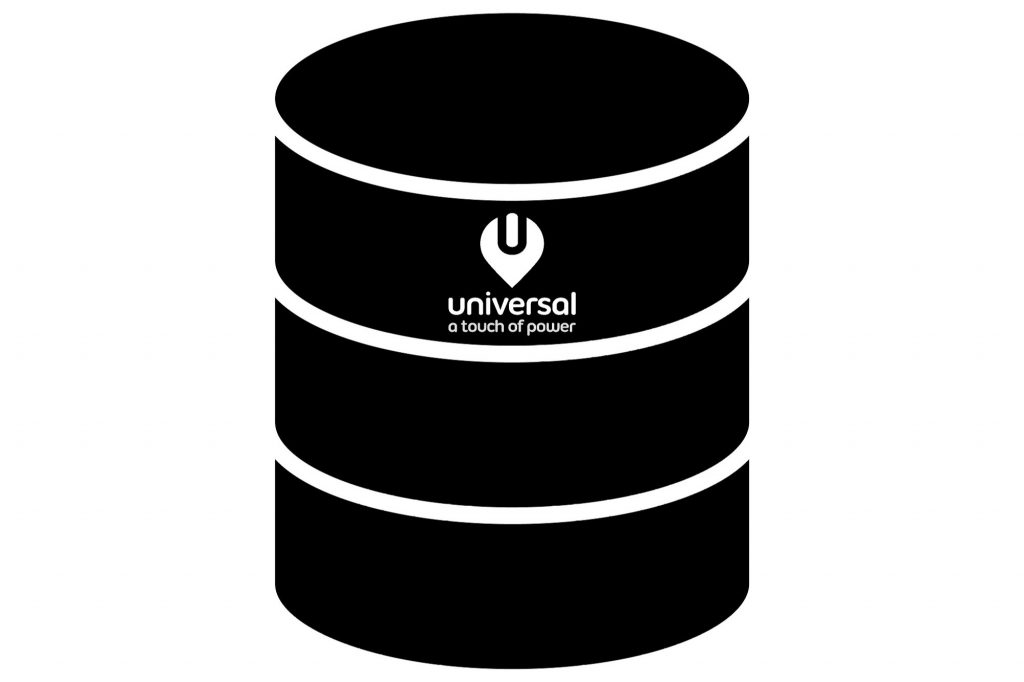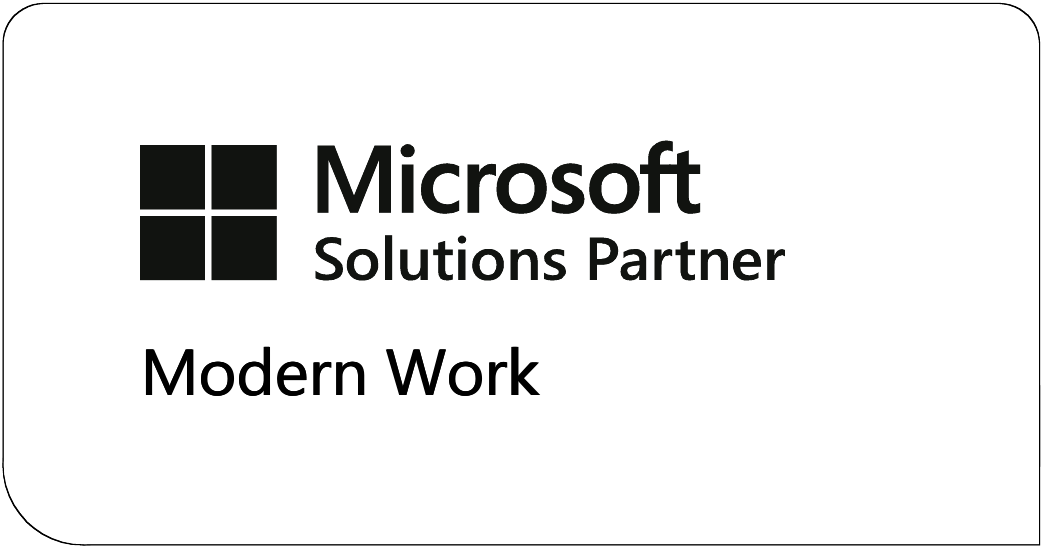Single point of truth with Dataverse
Having 1 central source of data for the entire organization is a great goal for many companies. Often however, applications have their own database and connections and data can be exported or imported from and to several data locations.
A Touch of Power
Out of the box options
It is possible to use out of the box Cloud solutions that are already based on the Dataverse. Like for instance Microsoft Dynamics 365 with modules for Sales, Marketing, Projects, Finance and Field Services. When these applications need to be supplemented with company-specific functionality and/or business processes, this can be done by using productivity tools like PowerBI, PowerAutomate, PowerApps and Power Virtual Agents.
These tools also allow non-developers to create applications. These applications all use the central database, the Dataverse, and are therefore subject to the applicable security controls. Policies and authorizations are in place to determine not only who is allowed to access the data, but also – even more important – what data operations are allowed. This prevents from an enormous growth in apps that store copy’s of company data.
Universal PowerApps
Examples of Power Apps that were created by the Universal team are for instance a PowerApp that reads a product barcode in a plant during the assembly process. The PowerApp then displays the accurate assembly instructions, directly from Teams or SharePoint. The PowerApps improves productivity and prevents errors in the assembly process.
Or, another example, a PowerApp that is used on construction sites, where contractors need to carry out inspections on site. They can take and store pictures, accompanied by the signature of the responsible person, in the centralized Dataverse AND make it directly accessible to team members to process and start automated processes (flows) for follow up tasks.
Low code – quickly generated PowerApps that enable our customers to be more productive and in control of their data and business processes. Do you want to have this Touch of Power as well? Reach out, you’ll be amazed.

